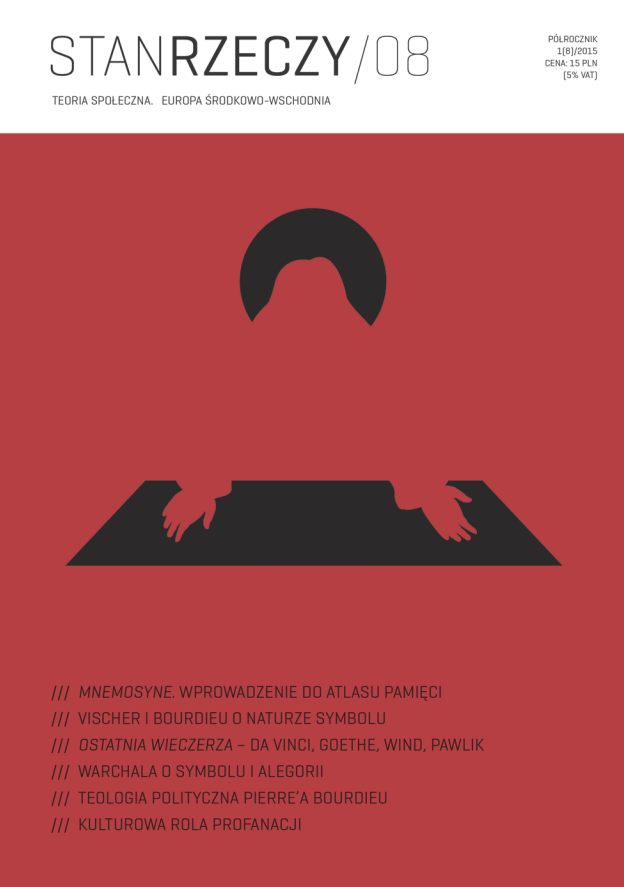
We kindly inform you that, as long as the subject affiliation of our 300.000+ articles is in progress, you might get unsufficient or no results on your third level or second level search. In this case, please broaden your search criteria.

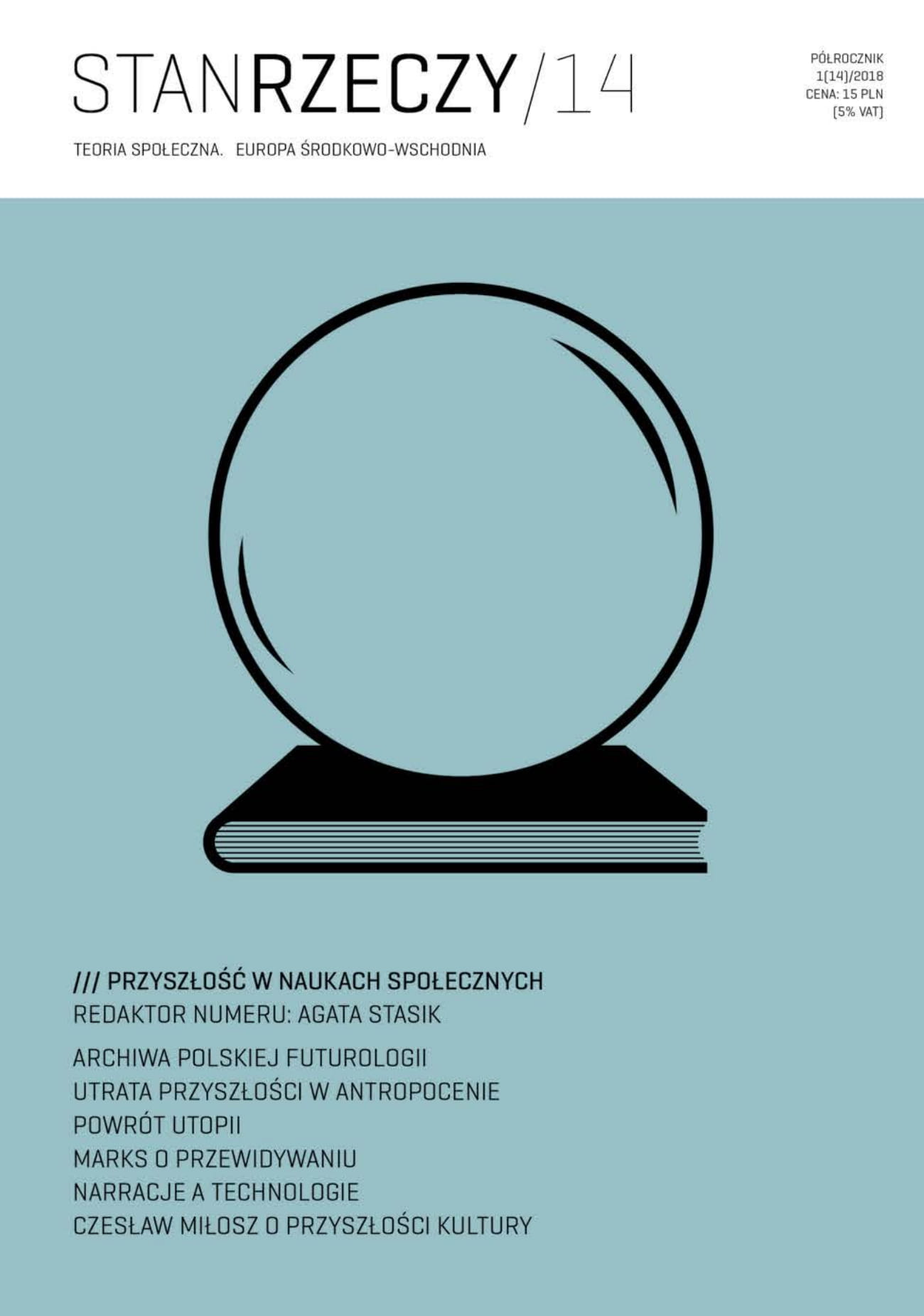
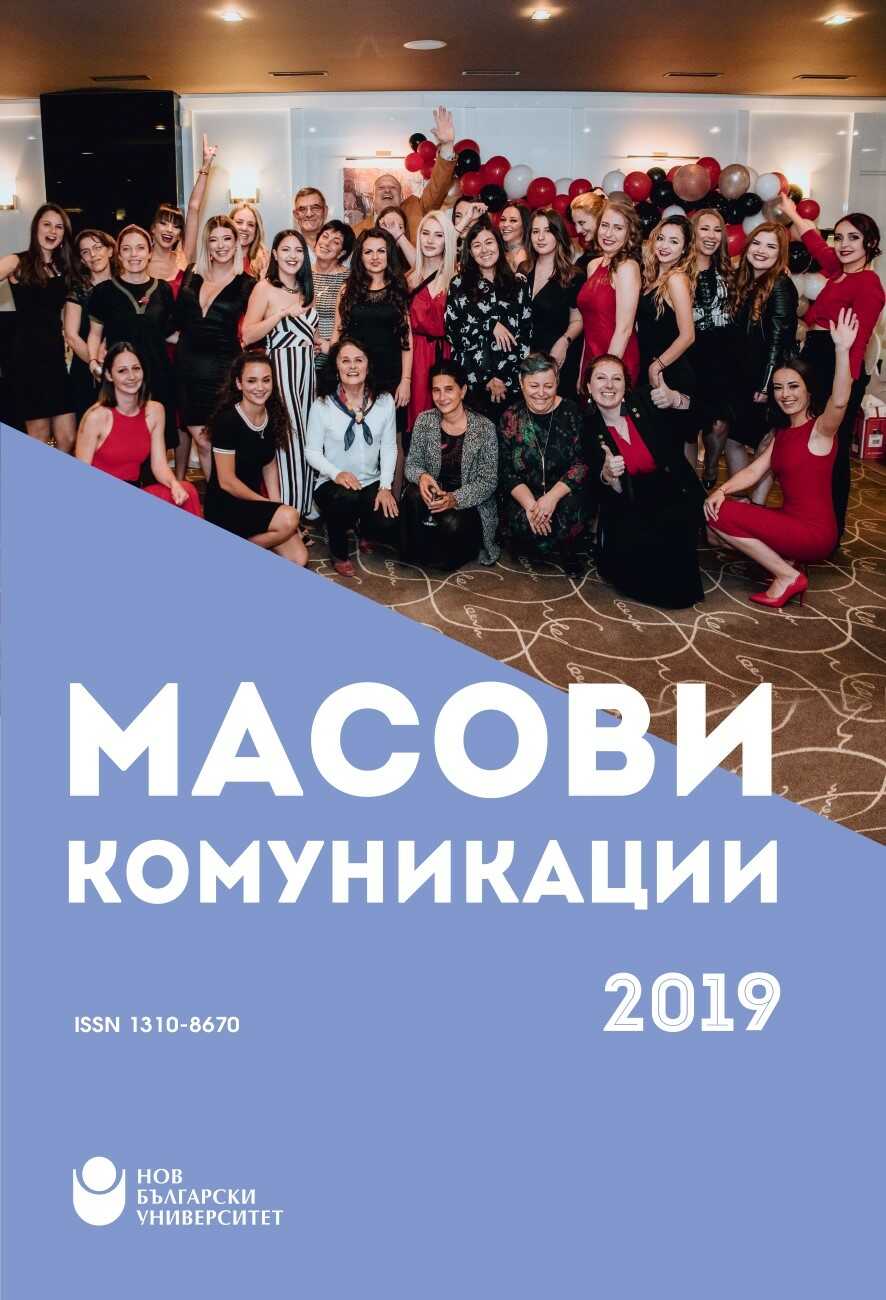
The Internet gives people the illusion of freedom because connects quickly people all over the world. Connection speed and communication possibilities are real. But are we really free online? What other limitations there are besides marketing traps? Haw to be sure what is information and what is disinformation?
More...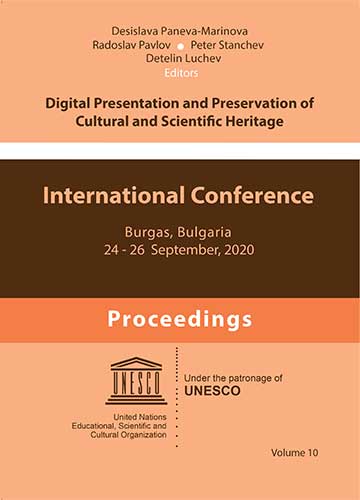
We briefly describe Wikidata, its importance for GLAM institutions, iconographic authorities in Mix-n-Match. Then we propose an Icon Knowledge Graph Model comprising the entities: iconographer, iconographic school, herminia, icon, measurements, material, technique, iconographic subject (saint or a title of the Virgin Mary), location (city, monastery, church, museum), scientific article, academic journal, issue, links to LOD datasets (e.g. VIAF, Getty AAT, ISBN, ISSN, academia.edu). Then we introduce the Virtual Encyclopedia of Bulgarian Icons (BIDL) and describe how we ex-ported it to Wikidata, while coreferencing to iconographers, saints, locations; and the extra info we added for such entities. Finally, we describe a conversion to the Europeana Data Model, including details such as links to Wikidata, bilingual descriptions, language tags, providers. The online version of the paper includes live links; the accompanying presentation includes more images and queries.
More...
In Gdansk, people with Down syndrome are finding jobs thanks to an innovative collaboration between NGOs and the private sector.
More...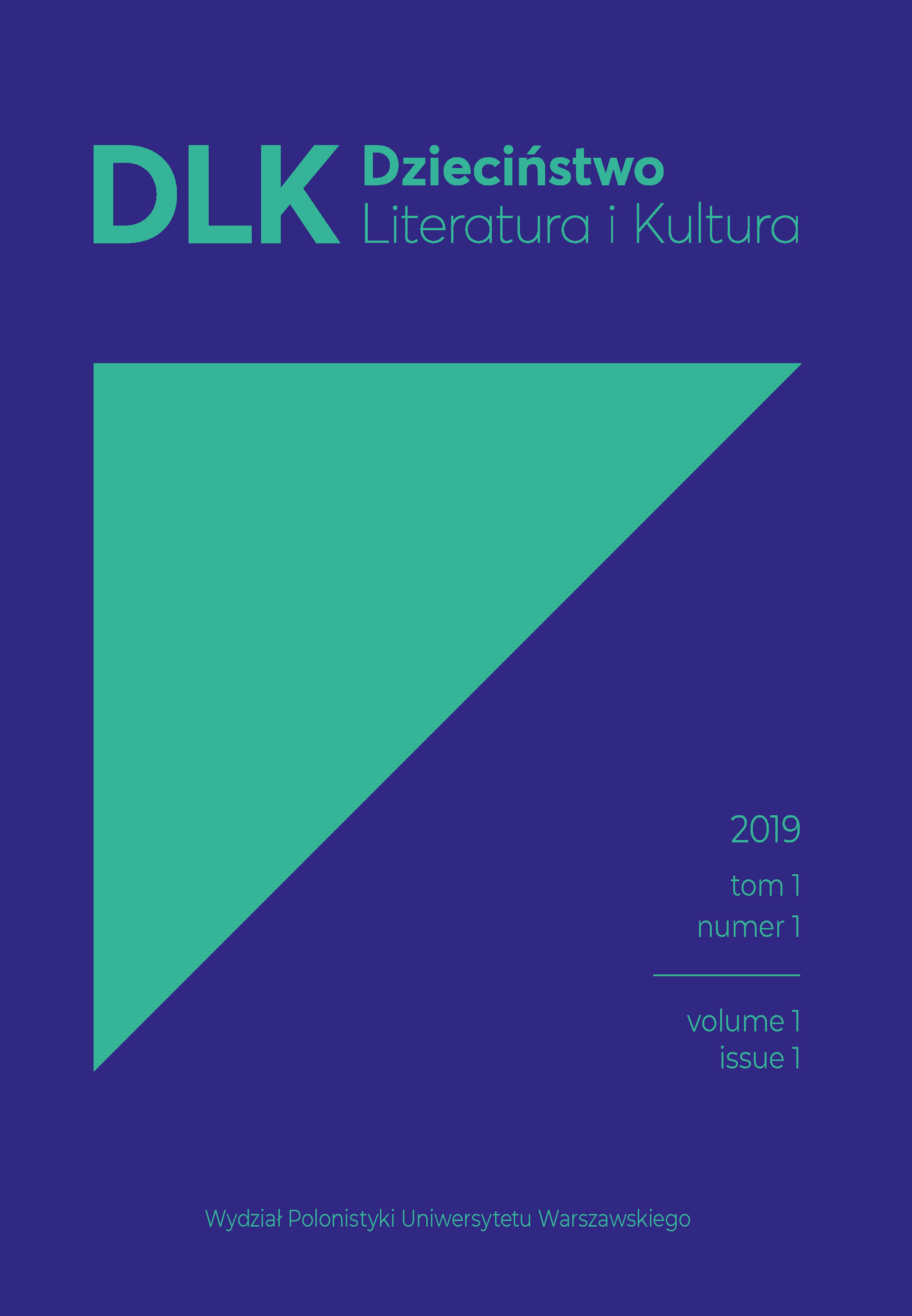
The author of the article attempts to characterise and compare two creations of Gilbert Blythe – the literary and the TV series ones. Apparently, Gilbert’s character in Moira Walley-Beckett’s TV series (2017–Present) has a different function than in Lucy Maud Montgomery’s novel (1908). Gilbert is a teenager, a pupil at the Avonlea school, and a boy who competes at school with the titular character of Anne of Green Gables. In the book, we get to know him only through Anne Shirley’s eyes – basing on what she says and thinks about him – and these insights are more opinions than facts. In the TV series, however, Gilbert is shown differently, as the creators of Anne with an E devote more screen time to developing this character and to bestowing him with new personality traits. Thanks to this, the relation between Anne and Gilbert becomes deeper and more realistic. The comparative analysis of the character’s creations in both cultural texts is conducted with the use of, inter alia, the tools of gender studies.
More...
For many generations of women, Lucy Maud Montgomery’s Anne of Green Gables (1908) has been a faithful companion in the process of coming of age. Nevertheless, when judged solely by its setting and timeframe (1870s and 1880s), and the moment of its publication (the beginning of the 20th century), the book might appear some¬what anachronic. Several attempts at bringing Anne’s story to life on both the big and small screen have been made, but only one of them – Moira Walley-Beckett’s Anne with an E (2017–Present), produced for Canadian public network CBC and widely distributed by Netflix − can be said to have captured the novel’s spirit by re-embedding it in a truly modern context. The main goal of this paper is to analyse various elements of Walley-Beckett’s take on Montgomery’s opus with regard to their potential usefulness in therapeutic practice with young adults. The reflec¬tions made in the article are accompanied by contextual references to Hanna Lib-erska’s general model of identity development and Małgorzata Kozubek’s theory of cinema therapy.
More...
The article discusses the metaleptic and metafictional elements present in Lemony Snicket’s A Series of Unfortunate Events (1999–2006) as adapted for the TV series based on the novels (2017–2019). The aim is to demonstrate how, as a result of the creators’ views on the particularities of the film medium, these elements are reduced, meanings are made more explicit and less ambiguous, and the plot is subjected to traditional narrative conventions.
More...
The aim of the paper is to discuss A Monster Calls (2016) by J. A. Bayona, a film adaptation of Patrick Ness’s novel (2011) of the same title, based on an original idea by Siobhan Dowd, from the empowerment theory perspective. The author of the article indicates that there are some significant changes between the book and the motion picture, especially when it comes to the ways of empowering the protagonist and the works’ potential young audience. The results of this comparative study show that the film is more affectively empowering than the novel. This is mainly because in the book, Ness skillfully uses verbal narration (accompanied by Jim Kay’s illustrations), while in the film, Bayona takes advantage of the possibilities offered by the audiovisual medium, therefore providing the audience with artistic and psychological empowerments.
More...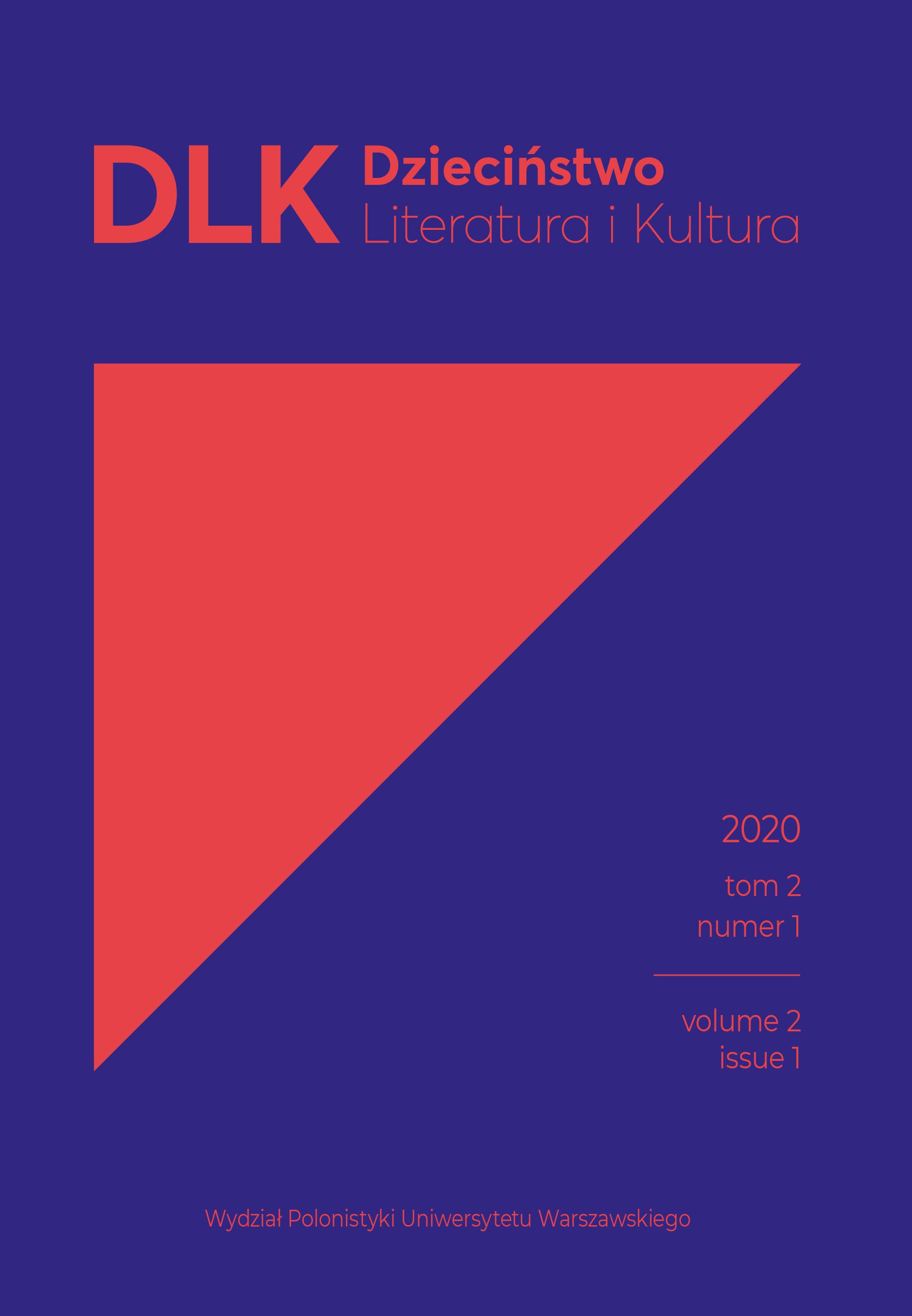
The aim of this article is to speculate on the meaning that Lewis Carroll’s (1865, 1871) Alice’s journey through dark Wonderland has acquired in two examples of contemporary YA fiction, Tim Burton’s 2010 film adaptation and A. G. Howard’s 2013 Splintered novel, both depicting Wonderlands that are more dangerous and threatening than what Carroll himself envisioned in his novels. The study shows how Alice’s gender and the fact that she is now portrayed as an adolescent affect her narrative. Among other reasons, the author of the paper argues that the fact that Carroll’s books feature a girl protagonist who wanders alone in a strange land, together with a long-standing tradition of warning girls against doing precisely this, has resulted in the proliferation of YA narratives that turn Carroll’s ‘golden afternoon’ into a Gothic nightmare.
More...
The article is a study of Pacamambo (2000), a play by Canadian writer Wajdi Mouawad, which combines the features of an initiation drama with horror elements and shows the nightmare of growing up through unexpected encounters with death. The author shows an analogy between the structure of the rite of passage, proposed by Arnold van Gennep and deepened by Victor Turner, and the aspects related to experiencing oneself in a limit situation in terms of Karl Jaspers and to the poetics of horror. On this basis, she proposes to isolate the tragic model of adolescence (next to the classic – idyllic and romantic – suffering) in which the role of traditional rites is replaced by a limit experience. She indicates that this is a model that we can often come across in contemporary young adult dramas and even in plays for children. She also distinguishes the concept of initiation drama, which still remains outside the area of interest of literary scholars.
More...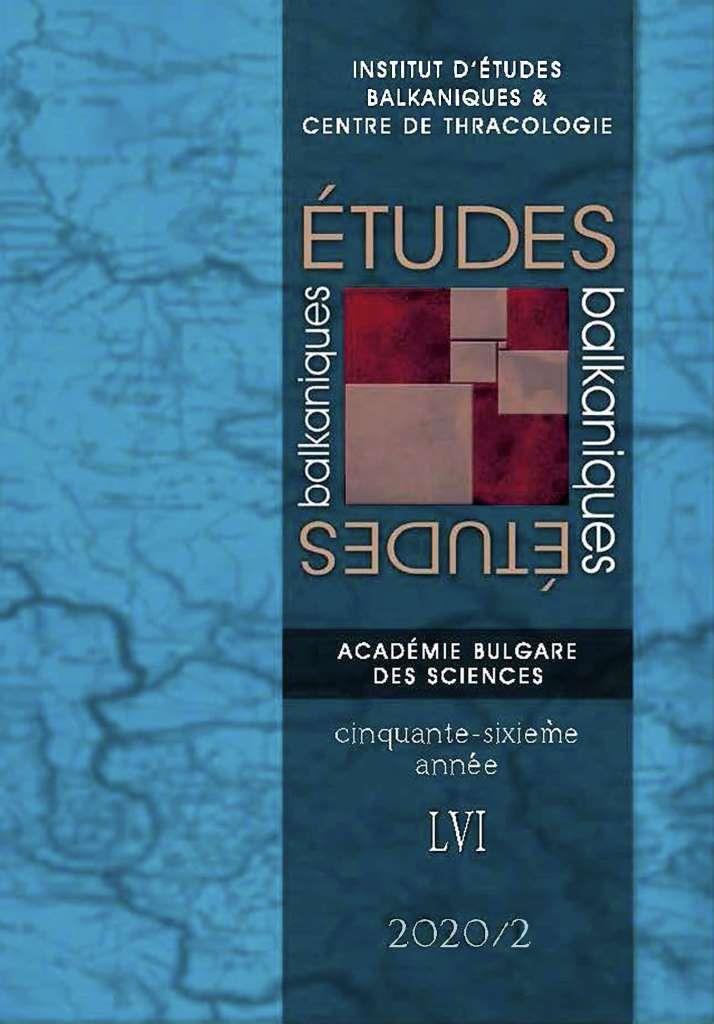
Opera music may be much more central to our understanding of urban modernity than is habitually thought. Since its beginnings in Bulgaria around 1890, opera has had a strong relationship with urban space and the public sphere. Most opera houses were built in urban centers and came to be seen both as secular temples and sites of entertainment, in which the appreciation of high art coexisted with conviviality. This paper aims at demonstrating that development of opera art is inextricably linked to the process of modernization of Bulgarian cities. By addressing the impact of this classical art on urbanity, the paper will also attempt to show how opera houses have been among important in towns‘ transformations and alteration from the late 19th to the second half of the 20th c. By studying the inception and development of opera theaters in particular Bulgarian cities and through its focus on the liaison between music and localities, this paper should add to the vast body of scholarship in social and cultural history to do with the city, and the meaning of urbanity in Bulgaria.
More...
This is a comment on some documents of historic interest from the personal archive of Nikolai Fol, Director of the Varna National Theater in 1943 – 1944. It tells of the evacuation of the theatre, its modus operandi, the way such a cultural institution was administered during WWII, the atmosphere in the theatre and the city of Varna at that time, the transformation of the theatre into a symbol of modernization and Europeanization of the city and village, as well as of the spirit of intellectuals and artists in that situation of crisis.
More...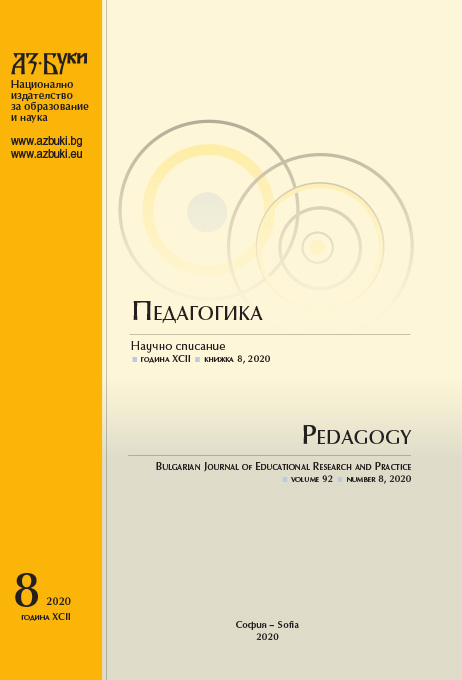
The topic of innovation in education is extremely relevant and in this sense it deserves a critical reading, which outlines the long and complicated path that leads to their realization. From the long-standing experience of a university lecturer in history of music, the author outlines his understanding of the problem by bringing to the fore the compulsory theoretical and conceptual preparation, passing through the objective reality and reaching the concrete practical realization in the educational process with students from the musical specialties with pedagogical direction.
More...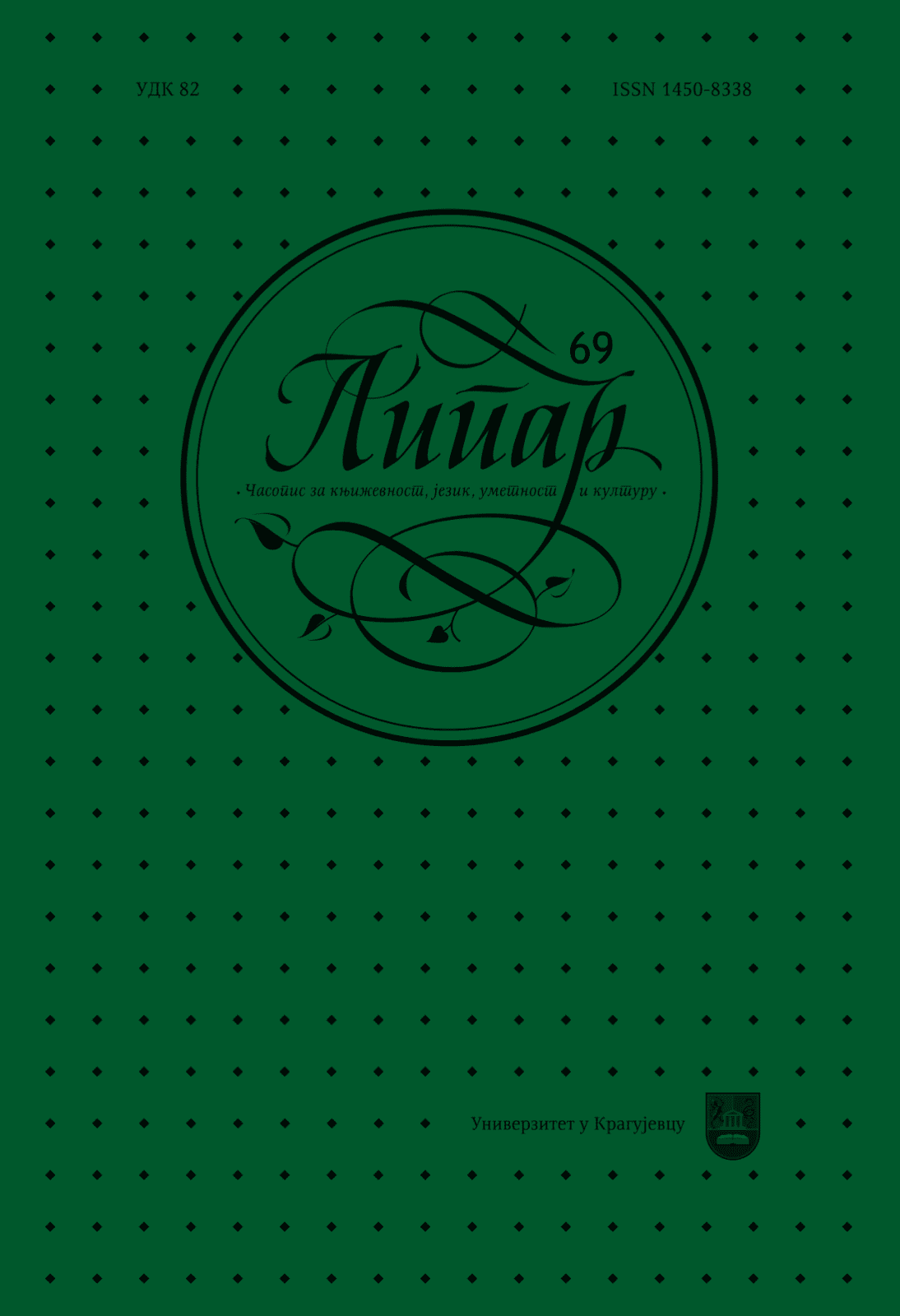
En este artículo presentamos y analizamos las manipulaciones ideológicas de la Guerra Civil española que se reflejaron en los niños a través de la educación en el período entre el establecimiento de la Segunda República y el estallido de la Guerra Civil española, y se mostraron en las películas La lengua de las mariposas y Pan negro. Para presentar las consecuencias ideológicas, estas películas han sido seleccionadas porque reflejan una rutina diaria de los españoles, también muestran la influencia de la guerra en la vida de la gente y de una manera muy clara representan las ideolo- gías políticas de nacionalistas y republicanos. A través de las películas, se presentan ideales, tanto republicanos como nacionalistas, quienes tuvieron influencia directa en la vida de los niños a través de la educación en la escuela. Basándonos en las escenas analizadas de estas dos películas, comparamos la manipulación de los niños antes y después de la Guerra Civil española. Sobre la base de las escenas analizadas, compararemos la medida en que los niños fueron manipulados antes y después de la Guerra Civil española, así como por qué por qué es importante abordar el impacto de la educación y el entorno escolar en los niños en este período.
More...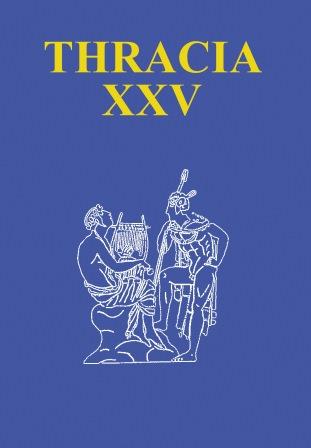
The Thracian megalith sanctuary Kara kaya is located in the Western Rhodopes Mountains. It occupies a dominant peak over the surrounding terrain, ending with a natural stone pyramid. The rock cuttings are concentrated on the top of the slopes and at the foot, near the Visteritsa river. This structure, combined with the semantics of the rock cuts, make it a classic symbol of the cosmic mountain.
More...
The article examines the depiction of the two female trumpet players from the Kazanlak tomb’s fresco and focuses on the instruments themselves. Fol discusses the parallels in estimated size, conical bore shape and funeral rite purposes between the Kazanlak tomb’s trumpets and the Egyptian pharaoh Tutankamun’s trumpets. The author uses physical and experimental evidence from ancient and folk trumpets to support her theory for existence of detachable mouthpieces carved from organic materials in ancient trumpets. She deduces the possible make-up and sound of the Kazanlak tomb trumpets from the recordings of Tutankamun’s trumpets, and from evidence presented in the fresco. She strengthens her 2009 hypothesis about a just-intonation based Thracian mode.
More...
As is well known, postage stamps now have existed in Europe for about 160 years. They are a type of applied graphic (or graphic design) artifacts – small paper elements with visible prints, which are intended for wide, public use. Postage stamps were introduced in Bulgaria in 1879 – immediately after the state Liberation. Until 1980, over 3000 stamps had been issued. Following the laws of the genre, they reflect a rich register of themes, motives and images, and were created by talented Bulgarian artists. Here, we explore the images on stamps, representing the ancient material heritage of Bulgarian lands. A number of them reproduce and promote specimens of Thracian artifacts. The focus of the study is on the systematization of these images, traced in the second half of the 20th century in Bulgaria. We looked for the answers to the following questions: Who are the artists – authors of such stamp images? When (and how) do they depict motives and images from our Thracian heritage? What are the semantic and symbolic messages of these graphic artifacts? The base of our report is traditional: art samples from ancient Thrace. The chosen perspective on them however, is new: their inclusion in contemporary graphic design, and their massive circulation in stamps. Their images have an administrative (documentary, commercial, etc.) application, but also significant social functions: informative, educational, artistic, advertising. Traditionally, postage stamps also make a significant contribution to the global knowledge and culture dissemination network.
More...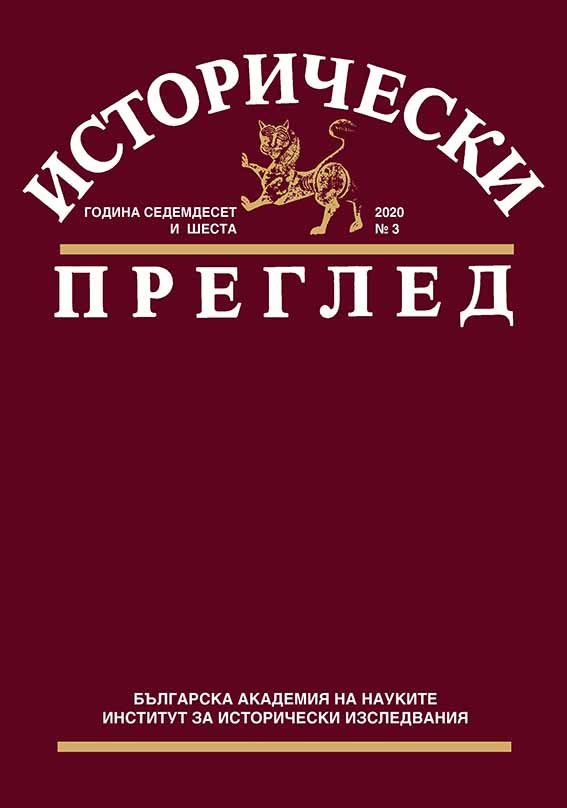
The article uses a metamodern method of research with scientific and artistic techniques, which serves as a basis for the connection between science and fine arts. The results of the study of literature on the subject and newly discovered documentary sources are used to recreate the famine in Bessarabia in 1946–1947 in picturesque historical paintings. Visual images reveal the influence of the tragic consequences of the famine and support the understanding of the socio-cultural and moral-psychological state of the Bessarabian Bulgarians. The emotional artistic expression in the paintings is a means of deep penetration into the atmosphere of abuse of human dignity in Bessarabia, through purposefully provoked hunger.
More...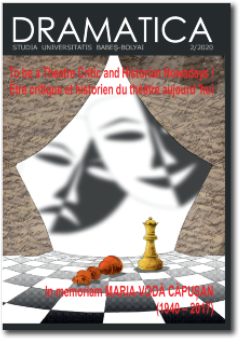
Frei Luís de Sousa by Almeida Garrett: a pragmatic analysis of the theatre dialogue. In this article, we analyse, from a pragmatic point of view, the dialogue of the play Frei Luís de Sousa by Almeida Garrett and its translation made by Maxime Formont at the beginning of the 20th century and published in Livourne. We focus on the strategies used by the participants in the theatre discourse in order to consolidate and sometimes even to renegotiate their interpersonal relationship. Our main interest concerns the use of nouns and pronouns in the 1st Act. For a better understanding of the socio-historical context of this play, we propose a short introduction to the 19th century, in Portugal. We also present and analyse some important para-textual pieces of information that accompany the translation made by Maxime Formont.
More...